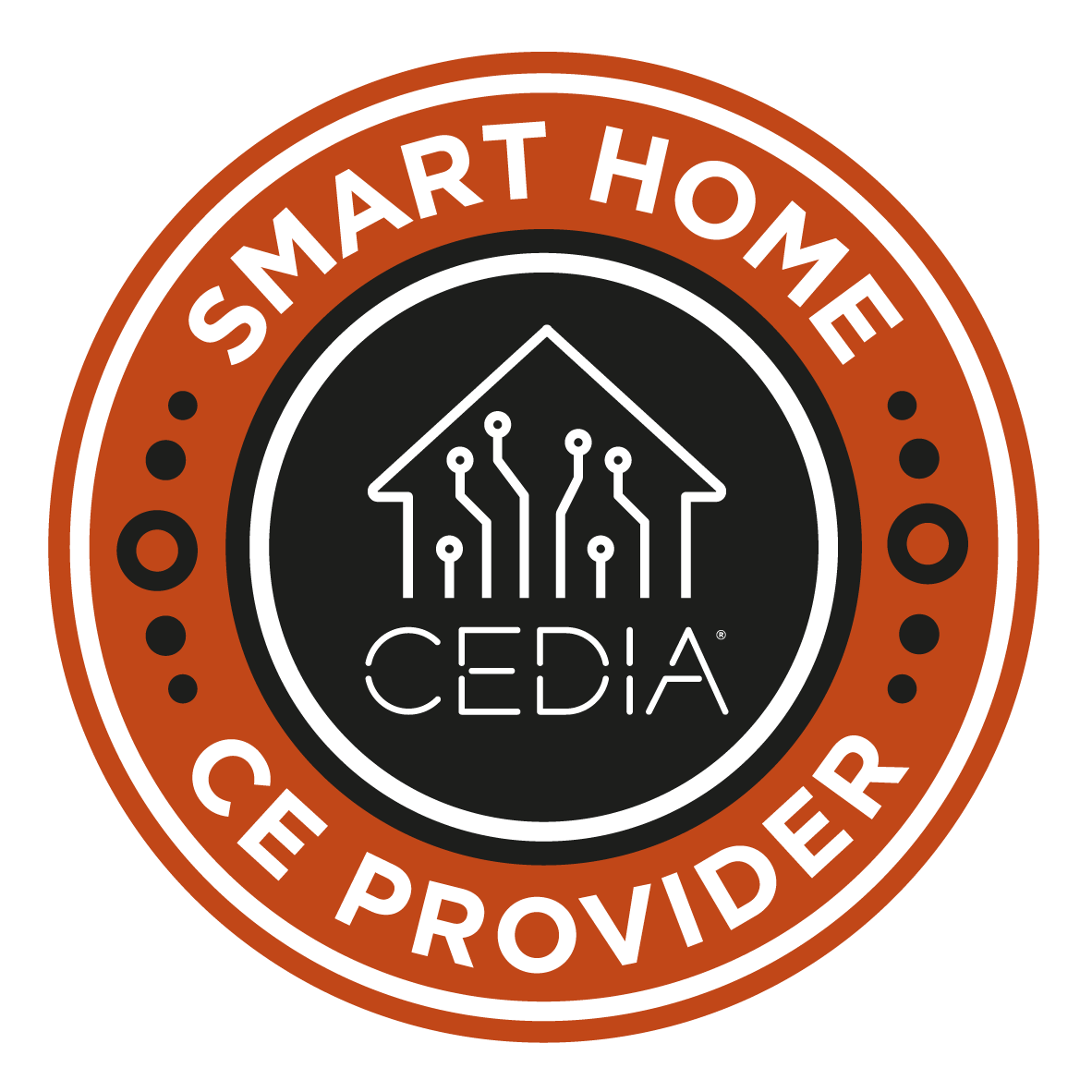Make Your Devices Work Flawlessly Throughout Your Home
With the number of devices and entertainment options available to homeowners increasing rapidly in recent years, the need for a quality audio-video system to manage everything has only grown. If your devices aren’t linked and don’t let you enjoy the content of your choice in any room, you’re not getting everything you could out of your
home audio-video system. Luckily, Pacific Audio and Communications is ready to meet the needs of the Honolulu area, and we’d be happy to help you with your audio and video solutions. Here’s what you need to know to get the most out of your home A/V setup:
SEE ALSO: What Kind of Speakers Work for Your Outdoor Sound System? DISTRIBUTION
It’s fairly common for most homes to have multiple TVs these days, which means finding a way to get audio and video to each screen. In the past that might mean having individual cable or satellite boxes for each TV, but distributed audio and video makes that issue nonexistent.
Distributed A/V systems transmit the feed from a central source to wherever you want it, meaning one central cable or satellite connection can be viewed in multiple locations throughout your home. This approach not only centralizes and simplifies your system, it can save you money by reducing the number of cable or satellite boxes you need for your home. Of course, not all components are created equal, and Pacific Audio and Communications will make sure you have the right parts for your installation.
CENTRALIZATION
Now you have audio and video in every room, but how easy is it to manage? Are you still fumbling with multiple devices to change the channel or music? No need; use
home automation to bring all your equipment together under one interface. This can be a universal remote, an app for your smartphone or tablet, or a panel on a wall.
Automation lets you expand the capabilities of your A/V system in exciting ways, such as having your music or whatever you’re watching follow you from room to room seamlessly. You can tie your A/V system to the lights, air conditioning, and other elements in your home to give you greater control and make life simpler and more comfortable. Gain even more convenience by incorporating a smart speaker such as Amazon’s Echo or the Google Home to allow for voice control over your devices.
SEE ALSO: Is Your Audio Video System Prepared for the Analog Sunset? STRONG NETWORK
You can have the best equipment in the world and the most intuitive control system available, but it won’t make a difference if the network connecting all your devices isn’t up to the task. As the number of linked devices in your home grows, so does the strain on your home network. You need the right gear and the right network setup to ensure everything in your A/V system operates smoothly. Luckily, Pacific Audio and Communications specializes in
home network solutions, so we can make sure your devices keep humming along no matter the network strain.
NEED AN UPGRADE?
Feeling like your home audio-video system isn’t meeting your needs? There’s no need to delay; contact Pacific Audio and Communications today. We have offices in Maui, Kauai, Oahu and on the Big Island, or you can fill out our
online contact form. We look forward to hearing from you soon.









